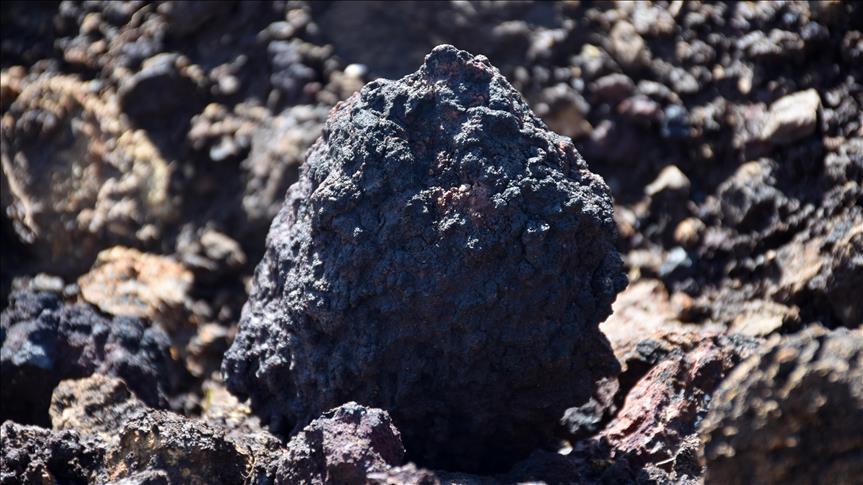

By Anadolu Agency
Increased demand for clean energy is expected to inflate the market value of critical minerals by 137% up to 2040, reaching $770 billion, the latest data from the International Energy Agency’s (IEA) Global Critical Minerals Outlook 2024 report reveals.
Countries are expected to focus more on clean technologies in the coming years in order to achieve global net zero emission targets as part of the fight against climate change.
This means that there will be a greater need for critical minerals used in electric vehicles, battery technologies, renewable energy projects and energy storage.
Lithium, nickel, cobalt and graphite are widely used in clean energy projects. Additionally, rare earth elements and copper are used in solar and wind power plants.
The current total market value of critical minerals, which play an important role in the green energy transformation, is calculated at $325 billion.
‘Strong growth in demand produces a major uptick in the overall value of critical mineral markets,’ according to the IEA’s latest report.
In the scenario of reaching net zero emissions by 2040, copper maintains the largest market value at $330 billion, while the lithium market undergoes significant expansion to $230 billion by 2040, emerging as the second-largest market, followed by nickel.
The demand for critical minerals last year hit 33,971 kilotons, 24.2% of which came from clean energy projects, according to data compiled by Anadolu.
Global demand for lithium, nickel, cobalt, graphite and copper will increase by 92% to 65,231 kilotons by 2040, with the share of clean energy in demand estimated to reach 55.2%.
Rare earth elements will experience a demand increase of 89% to 176 kilotons between 2023 and 2040, while the share of clean energy is expected to reach 41% by 2040, up from 18% last year.
– Lithium to have biggest increase in demand
The biggest rise in demand is anticipated for lithium over this period, at 767%, with graphite and cobalt following at 285.8% and 119.5%, respectively.
Lithium is used in the production of batteries in electric cars and as a coolant in nuclear power plants. It is also used in the pharmaceutical industry and in the production of ceramics and glass.
The global demand for lithium, which was 165 kilotons last year, will increase to 1,431 kilotons in 2040. Over this period, the share of lithium for clean energy projects will increase from 56% to 91%.
Graphite, used in the steel and electrometallurgy industries, is expected to have a 285.8% demand increase over the 2023–2040 period.
The share of graphite in clean energy technologies will increase from 28% last year to 63% by 2040.
Demand for cobalt, which is used in electrical resistors, cutting and drilling tools, and high-temperature-resistant materials, will be 472 kilotons in 2040. Over the same period, demand for cobalt for electric vehicles will reach 279 kilotons, representing 59% of overall cobalt demand.
Global nickel demand, which was 3,104 kilotons last year, will increase by 105.7% to 6,386 kilotons in 2040. Nickel demand for clean energy will substantially rise from 15% to 56% by 2040.
Demand for copper, which is widely used in facilities related to electricity production and transmission, will increase by 51% to 39,069 kilotons between 2023 and 2040, while its share for clean energy use will increase to 50%.
We use cookies on our website to give you a better experience, improve performance, and for analytics. For more information, please see our Cookie Policy By clicking “Accept” you agree to our use of cookies.
Read More